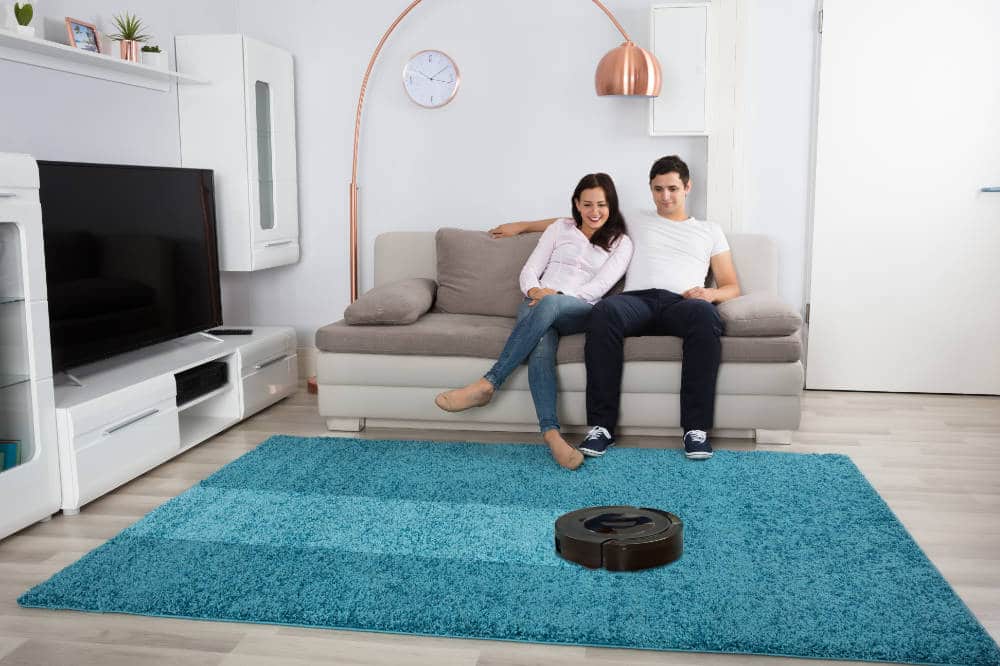
You’ve probably heard about smart homes and their benefits. Such buildings are full of electronics and gadgets like PS5, television, thermostats that can perform hundreds or even thousands of daily tasks. Only 30 years ago, an ordinary laptop looked like the pinnacle of technological progress. Today, even your kettle can perform more functions than devices from the past. But is everything so positive in real life? What are the pros and cons of smart homes? Here is a detailed list that you should read.
The Main Pros
Increase in Convenience
Imagine that you no longer need to open front doors with a key. Now you need to click on a button on your smartphone or scan your retina. Now one of your voice commands will be enough to turn on the heating system, air conditioner, nest cameras, kettle, or coffee maker. How about ordering pizza automatically? Many smart homes can even sync with your refrigerator and control the amount of food. A huge number of sensors and devices can make your life much more comfortable.
Full Control Over All Smart Gadgets
Imagine that now you do not need to turn off lights or electrical appliances manually. Instead, all smart home functions are in one application. All you need to do is select a specific option, set a timer or a pattern for daily repetition. You can even download free essay samples from the Internet if your smart home can search for data on the web.
Time Savings
How long does it take you to cook food, clean the house, or turn on some devices? Most likely, it will take a long time. Nobody wants to spend several hours doing routine activities. By automating tasks, your smart home can save you a lot of time. Now a house with a comfortable temperature, humidity, clean floors, and a ready-made dinner will always be waiting for you (if you have not forgotten to put food in the microwave or multicooker).
Notifications in Case of Trouble
One of the key advantages of any smart home is receiving notifications if something happens in the house. For example, suppose smoke or liquid detectors have identified a hazard. Then the smart home will automatically block all water and gas valves. Let’s say someone outside got into your yard or house. Then the security system will automatically call the police, and you will receive a notification. In addition, you can record all events thanks to security cameras.
Energy Savings
Imagine wasting energy when all the lights and devices in your home are on all the time. What if you’re not at home for a few days? Smart homes can automatically lower temperatures, turn off lights, and put devices into sleep mode to conserve energy.
The Main Cons
Very High Installation Costs
One of the main problems with such smart electronics is high installation costs. Typically, you will have to pay the certified company the same as all your gadgets and the broadcasting system costs. This is quite expensive, and you need to make an estimate right away so that the high price does not become an unpleasant surprise for you.
Stable Internet Connection Is A Must
As a rule, all smart houses function thanks to the Internet connection. So, of course, the smart system will control all options, even in offline mode. But what if you want to choose a new mode or enter the house? Without a stable web connection, you may have problems.
Possible Tech Fails
Any gadgets, operating systems, and software algorithms can fail. Imagine your helplessness when you try to turn on some modes manually. As a rule, many smart homes are designed for remote control only. If you run into any problems, you may even find yourself trapped inside your own house!
Maintenance and Repair Issues
Many sensors, tunnels, and cables are located within the walls of the building. This is a big problem as you will have to dismantle some of the panels or gypsum board to get to the electronics. This problem can be partly solved at the design stage. However, additional revision tunnels and hatches will cost a lot.
Compatibility Problems Between Devices
You will have to come to terms with the fact that not all gadgets can be connected to one common system. You have to spend a lot of time buying a special air conditioner, oven, kettle, power switches, and dozens of other devices. What if one of the gadgets breaks? Can you find a replacement? Smart homes cease to have significant advantages if half of your electronics can only be turned on manually.
Technology May Become Outdated Soon
Unfortunately, technology is constantly advancing. Those gadgets and electronics that you bought 5-7 years ago no longer meet modern standards. Imagine a smart home that cannot perform basic functions. This will be the biggest waste of money in your life. Sometimes buying multiple devices is a much smarter investment.
Final Words
The high-tech home is a rather controversial decision, and only you can decide what advantages or disadvantages are critical for you. If you are willing to put up with the basic operating features of modern electronics, then you can improve your home. On the other hand, if you are not prepared to compromise, you can postpone such an innovative renovation.
Alex Jordan
Related posts
Stay connected
- How LoveOn Chat Is Becoming the Most Versatile AI Companion for Digital UsersThe internet keeps shifting toward hyper-personal interaction, and AI companions are at the center of this shift. What used to be simple chatbots are now evolving into emotionally aware, adaptive, and multi-functional digital partners. Among the new generation of platforms, LoveOn Chat is becoming one... The post How LoveOn Chat Is Becoming the Most Versatile […]
